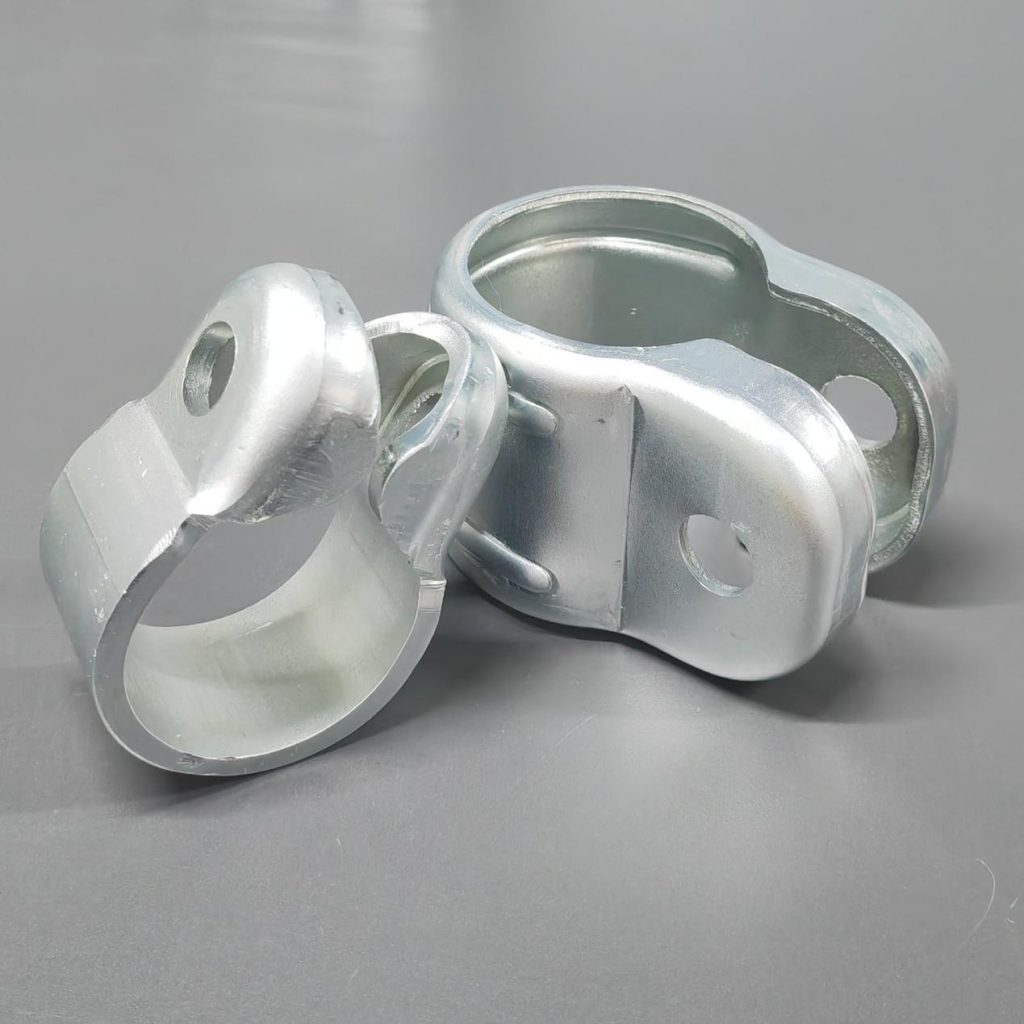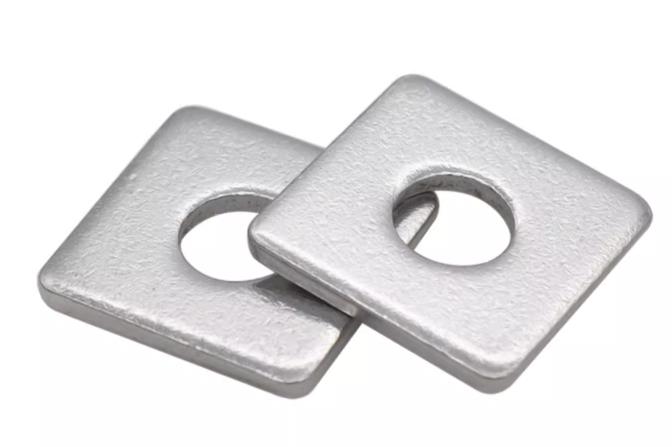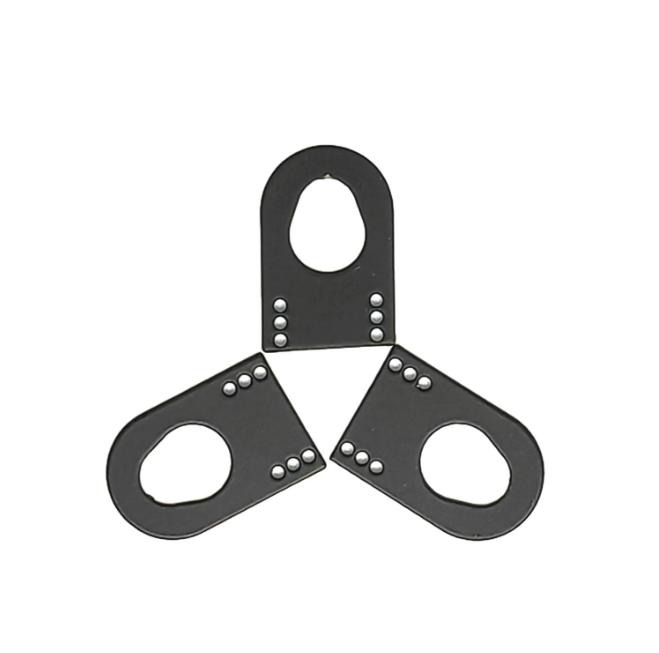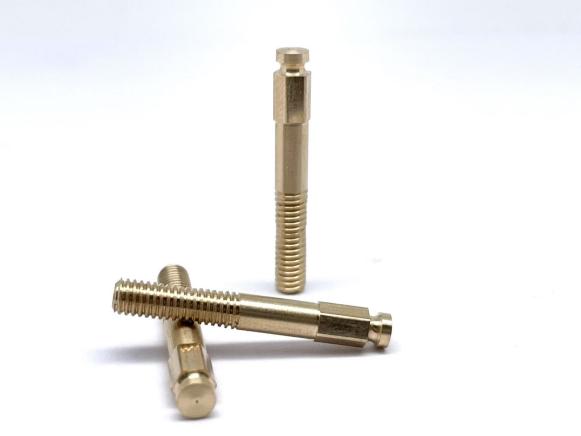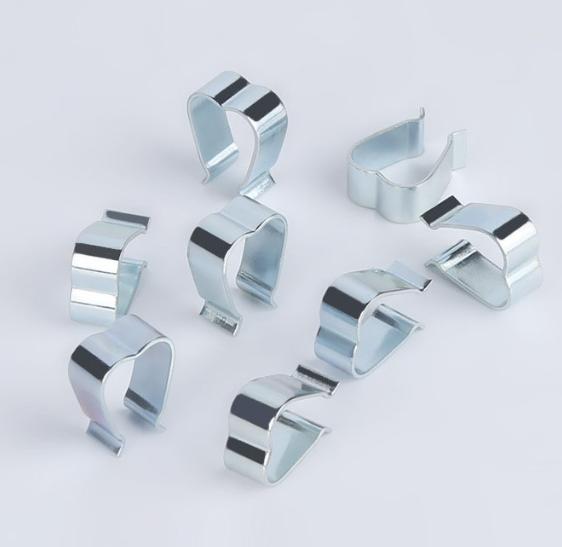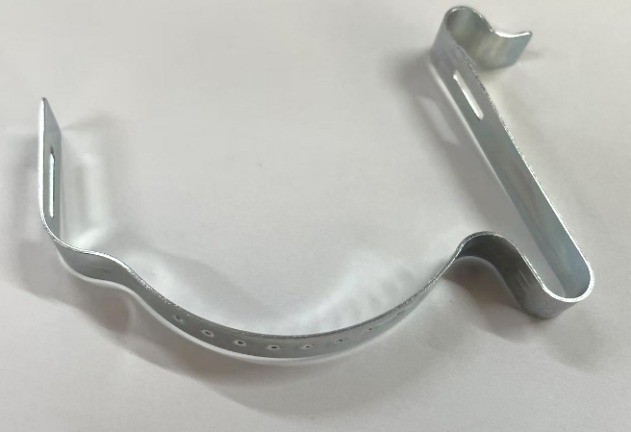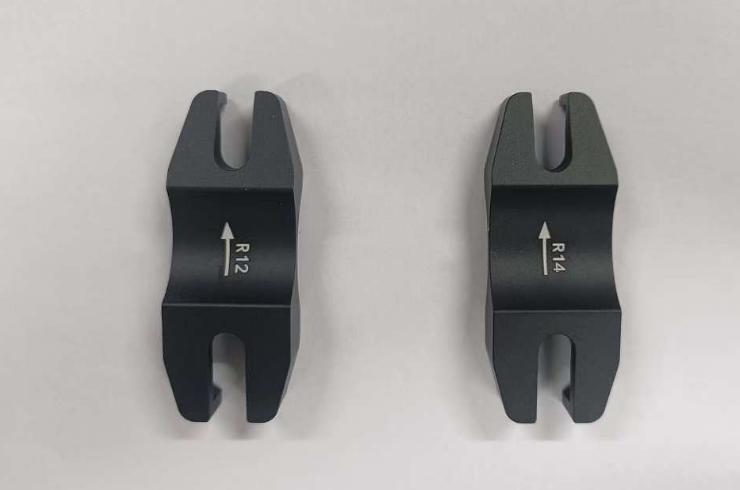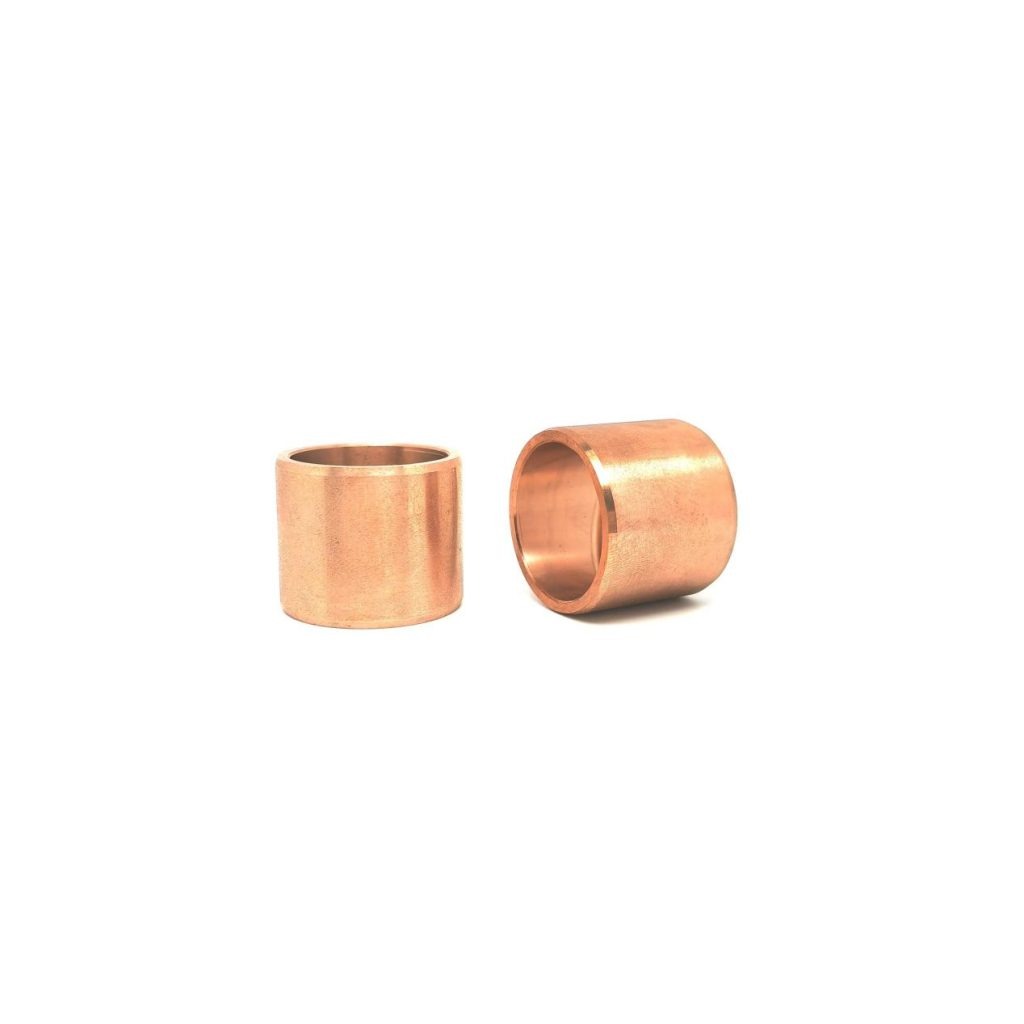A Comprehensive Guide to Plastic Injection Molding Services and Technology
In the ever-evolving landscape of manufacturing, plastic molding services reign supreme in shaping diverse products across industries. This comprehensive guide delves into the intricacies of plastic molding, dissecting its various facets, specifically focusing on the ubiquitous champion – plastic injection molding – and its indispensable partner, the plastic injection mold manufacturer.
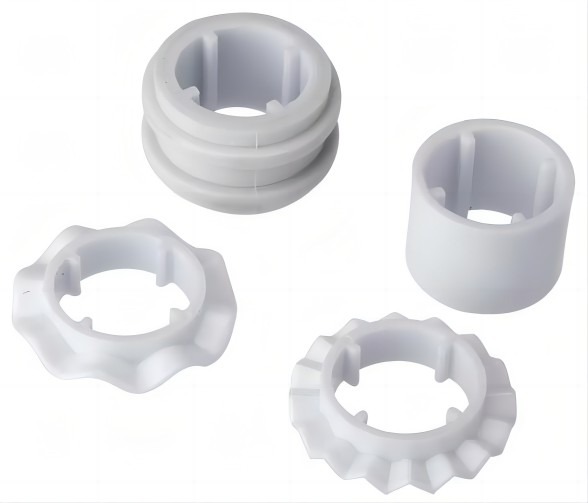
The Technical of Plastic Molding Processes
The domain of plastic molding encompasses a diverse array of techniques that synergistically transform molten plastic into objects possessing specific geometry and functionalities. This versatile discipline boasts a spectrum of processes, each meticulously tailored to distinct product requirements. We shall now embark on a detailed exploration of three prominent techniques:
1. Injection Molding
Undeniably the reigning monarch of plastic molding, injection molding reigns supreme in its unparalleled precision and efficiency. This technique entails the high-pressure injection of molten plastic, meticulously chosen for its rheological properties, into a precisely engineered mold cavity. The molten polymer performs a meticulously choreographed solidification ballet within the confines of the mold, faithfully replicating its intricate contours with remarkable accuracy. This process results in the creation of parts featuring complex geometries, tight tolerances, and exceptional surface finishes.
2. Blow Molding
This technique leverages the transformative power of compressed air to inflate a heated, pre-formed plastic parison (plastic preform) against the internal contours of a mold. The pressurized air acts as a sculptor, coaxing the pliable plastic into conforming perfectly to the mold’s intricate geometries. This process culminates in the creation of hollow, seamless parts, most notably ubiquitous containers and bottles. Blow molding offers distinct advantages such as its inherent material efficiency and potential for rapid production cycles.
3. Rotational Molding
Rotational molding paints a unique picture of transformation. Imagine a heated mold, filled with precisely weighed powdered plastic, rotating steadily on biaxial axes. As the mold gracefully pirouettes, the centrifugal forces induce the powdered plastic to distribute evenly throughout the mold cavity. This dynamic dance culminates in the creation of hollow, stress-free parts characterized by excellent chemical resistance and inherent insulation properties. This technique finds particular favor in the production of large, complex, and often single-piece components.
These three processes represent merely a glimpse into the vast and ever-evolving landscape of plastic molding. Beyond these core techniques lies a plethora of specialized approaches, each meticulously calibrated to address specific material properties, production volumes, and geometric complexities. Unraveling the intricate interplay between material selection, process choice, and mold design remains the cornerstone of achieving optimal results in this dynamic and versatile manufacturing discipline.
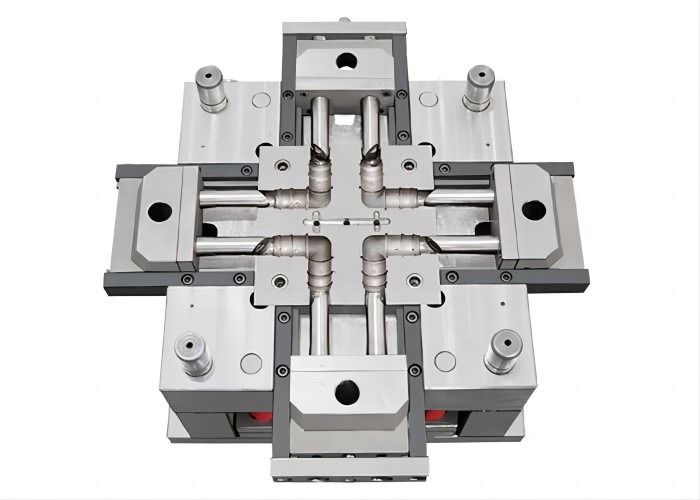
The Powerhouse of Plastic Injection Molding
Injection molding, with its unwavering precision and unmatched efficiency, has cemented itself as the bedrock of modern manufacturing. Let’s dissect its core functionalities and delve deeper into its defining characteristics:
1. The Orchestrated Injection
The process initiates with the meticulous selection of a thermoplastic resin, chosen for its specific rheological properties, such as melt viscosity and flowability. This molten polymer embarks on a meticulously choreographed journey within the injection molding machine. A specialized screw mechanism, precisely calibrated for the chosen resin, propels the molten material through a heated barrel, further refining its thermal and rheological state. At the climax of this molten journey, the pressurized polymer is injected with controlled velocity and pressure into a precisely engineered mold cavity. The mold, crafted from robust materials such as hardened steel or P20 tool steel, features intricately machined contours that dictate the final geometry of the molded part. Within the cool confines of the mold, the polymer undergoes a controlled solidification process, faithfully replicating the mold’s intricate features with unwavering accuracy.
2. Advantages of Injection molding
The allure of injection molding lies in its harmonious blend of capabilities, offering a multitude of advantages:
- High-Volume Production: The inherently automated nature of injection molding facilitates rapid production cycles, making it ideal for mass-market goods requiring high output volumes.
- Unwavering Accuracy: Precision-engineered molds, coupled with the inherent controllability of the process, ensure consistent and near-perfect replication of complex geometries, even for intricate features and tight tolerances.
- Material Versatility: A vast spectrum of thermoplastics, each with unique properties and performance characteristics, can be utilized for diverse applications, catering to a wide range of functional and aesthetic requirements.
- Cost-Effectiveness: For large production runs, injection molding offers significant cost savings compared to alternative manufacturing methods, owing to its high efficiency, reduced material waste, and minimal post-processing requirements.
- Design Freedom: The ability to create intricate geometries and integrate functional features into the mold allows for design flexibility and innovation.
3. A Widely Spectrum of Applications
From the ubiquitous housings of our electronic companions to the intricate components of life-saving medical devices, injection molding’s reach extends far and wide. Here are just a few prominent examples:
- Automotive Components: Bumpers, dashboards, interior trim pieces, and even complex engine components are frequently produced using injection molding due to their ability to handle high-performance materials and maintain dimensional stability.
- Medical Devices: Syringes, inhalers, and other critical medical equipment rely on the precision and sterility of injection molding to ensure safety and functionality. The ability to use biocompatible materials further expands its applications in this field.
- Consumer Goods: Toys, packaging containers, household appliances, and even sporting goods benefit from the efficiency and affordability of injection molding, allowing for the mass production of durable and aesthetically pleasing products.
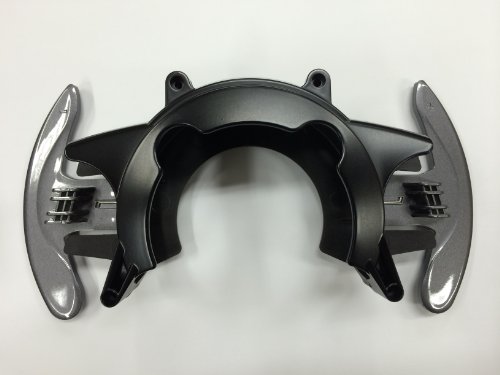
Skills of Plastic Injection Mold Manufacturers
Behind every flawlessly molded plastic product lies the unwavering expertise of the plastic injection mold manufacturer. These manufacturers act as the bridge between conceptual designs and tangible realities, meticulously crafting the molds that give life to countless objects. Their domain encompasses a trifecta of critical skills:
1. Mold Design: A Symphony of Considerations
The mold design process is a meticulous ballet of engineering principles and material science. It commences with a thorough analysis of the product’s geometry, dimensional tolerances, and functional requirements. This analysis informs the selection of the optimal mold material, such as hardened steel or high-performance polymers, ensuring the mold’s durability and compatibility with the chosen plastic resin. Furthermore, the manufacturer must consider gating systems, runner layouts, and ejector mechanisms, meticulously balancing flow dynamics, cycle times, and part integrity. This intricate dance of design considerations ensures the mold’s ability to consistently produce parts that meet all specifications.
2. Mold Fabrication: Precision Forged from Metal and Expertise
Once the design is finalized, the manufacturer’s craftsmanship takes center stage. Advanced machining techniques, such as CNC milling, wire EDM, and spark erosion, are employed to transform raw materials into the mold’s intricate features. These processes demand exceptional precision and surface finish, as even the slightest deviation can compromise the quality and functionality of the molded parts. The manufacturer’s expertise in these techniques ensures the mold’s fidelity to the design, ensuring consistent and reliable production.
3. Mold Testing & Validation: Leaving No Room for Error
Before the mold embarks on its production journey, it undergoes a rigorous battery of tests. Dimensional accuracy is meticulously verified using specialized equipment, ensuring that the molded parts will conform to the desired specifications. Additionally, the mold’s functionality is tested under simulated production conditions, evaluating factors like flow patterns, cycle times, and part ejection. This meticulous validation process leaves no room for error, guaranteeing the mold’s ability to consistently deliver high-quality products.
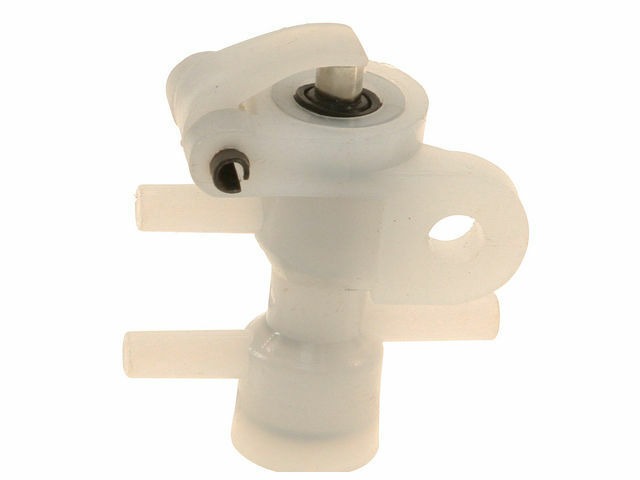
Tips for Selecting the Optimal Plastic Molding Service Provider
Choosing the ideal plastic molding service demands a meticulous analysis of your project’s unique requirements and constraints. Erroneous selection can lead to suboptimal outcomes, impacting production efficiency, cost, and final product quality. To navigate this labyrinth successfully, consider these critical factors:
1. Production Volume: Defining the Scale of Operation
High-Volume Production: For large-scale production runs, prioritize robust and efficient molding processes. Consider high-speed injection molding machines with automated material handling systems for optimal throughput and cost-effectiveness.
Low-Volume Production: For prototyping or smaller production runs, rapid prototyping techniques like multi-jet fusion or selective laser sintering might be more suitable. These offer faster turnaround times and design flexibility but may have higher per-unit costs.
Bridging the Gap: Hybrid approaches employing rapid prototyping for initial design iterations and transitioning to injection molding for larger production volumes can offer a cost-effective balance between speed and scalability.
2. Material Choice: Matching Properties to Process and Mold:
Material Properties: Different thermoplastics possess unique properties like strength, heat resistance, chemical resistance, and flowability. Ensure the chosen material is compatible with the selected molding process and mold material to avoid processing issues or final product defects.
Mold Material Selection: The mold material must be tailored to the chosen plastic and production volume. Tool steels offer high durability for high-volume production, while aluminum or PEEK might be suitable for prototyping due to their lower cost and machinability.
Material Expertise: Partner with a service provider possessing experience with your chosen material. This ensures they understand its processing requirements and can optimize the molding parameters for optimal quality and efficiency.
3. Design Complexity: Navigating the Geometrical Landscape
Simple Geometries: Standardized molds and processes are often sufficient for parts with simple geometries and minimal functional features. This can offer cost and time advantages.
Intricate Geometries: Complex geometries, tight tolerances, or integrated features might necessitate specialized molds and advanced techniques like insert molding or core-back molding. Partner with a service provider with expertise in handling such complexities.
Design for Manufacturability (DFM): Collaborate with the service provider during the design phase to implement DFM principles. This involves optimizing geometries, wall thicknesses, and draft angles to facilitate efficient molding and minimize post-processing requirements.
4. Research and Collaboration: Building a Strong Partnership
Comparative Analysis: Obtain quotes from multiple service providers, scrutinizing their capabilities, experience with similar projects, and available equipment. Look for certifications like ISO 9001 or IATF 16949, indicating adherence to quality management systems.
Open Communication: Establish clear communication channels and maintain open dialogue throughout the project. Discuss your expectations, timeline, and budget constraints with the service provider to ensure alignment and avoid potential misunderstandings.
Project Management: Choose a service provider with robust project management capabilities. This ensures timely delivery, adherence to specifications, and proactive communication regarding any challenges or potential deviations.
By meticulously navigating these considerations and building a strong partnership with the chosen service provider, you can confidently chart the course towards successful plastic molding project execution. Remember, the ideal service provider is not simply the cheapest option, but the one that best aligns with your specific requirements and offers a comprehensive solution for achieving high-quality, cost-effective, and timely results.

In conclusion, plastic molding services stand as a cornerstone of modern manufacturing, offering a myriad of advantages. Unwavering precision, high production rates, and material versatility make them ideal for a vast array of products. From everyday consumer goods to critical medical equipment, plastic molding shapes the world around us. Whether you seek to bring innovative designs to life or optimize existing production processes, partnering with a qualified plastic injection mold manufacturer unlocks a world of possibilities. Don’t hesitate to leverage their expertise to transform your vision into a tangible reality. Contact a manufacturer today and embark on the journey of bringing your plastic molding project to life.

